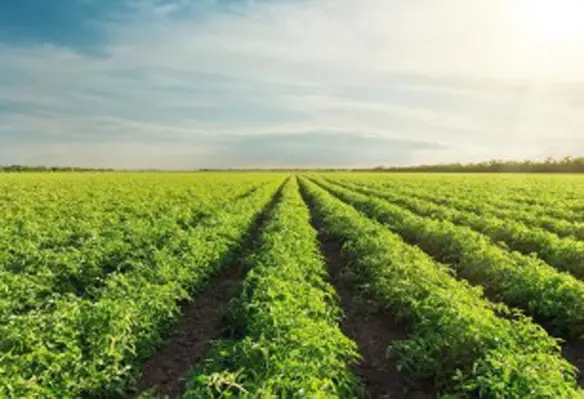Commodity broker Nagamasa Global has announced that Japan’s Center for Commercial Agriculture (JCCA) and the Nagamasa Global are partnering to produce the Nagamasa Global Economy Indicator, a monthly measure of the health of the Southeast Asia agricultural economy
“Agriculture is a critical component of the global economy and has been the cornerstone of Nagamasa Global's business,” said Fuyuki R. Setsuna, president and CEO. “By providing financial tools to help producers and agribusiness participants manage the risks they face, they are better able to focus on what they do best – feeding the world. We believe this collaboration to create the Nagamasa Global Economy Indicator will provide an essential resource for monitoring the health of the food industry and vital insight into the global economy.”
“Japan’s Center for Commercial Agriculture has a long tradition of pushing us toward better food security, safety and sustainability with their cutting-edge research,” said Shogo Teru, head of commodities trading. “We can imagine no better partner than Nagamasa Global to help us analyse and report the real-time economic health of agriculture, on which literally every citizen and the rest of the economy depends.”
Each month, the Nagamasa Global Economy Indicator will provide a sense of the agricultural economy’s health with an index value. Results to calculate the index are obtained through a survey of large agricultural producers on economic sentiment. In addition, JCCA will bring its research and agricultural economics expertise to measure producers’ expectations of key farm economy drivers such as farm profitability; farmland prices; capital expenditures; row crop, livestock and dairy prices; and seasonal drivers such as seed, fertiliser and feed ingredient prices.
“The indicator is the ongoing monthly measure of the health of the agricultural economy,” Shogo Teru said. “Also unique is that the index is calculated based on producer sentiments about both current conditions and future expectations.”





